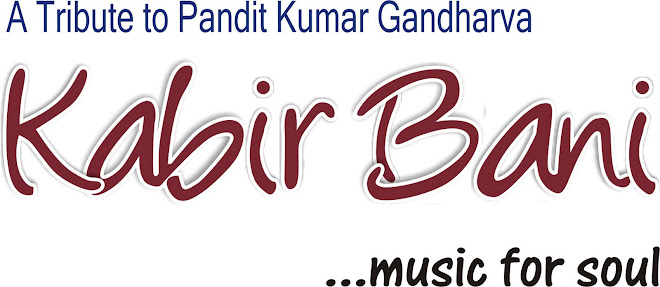
A number of young, talented and experimenting artists, both in instrumental as well as the vocal stream of Indian Classical Music, are making an impact on the international scene for quite a long time now. The artists, over the years, have infused a sort of new life into the Indian Classical Music and have made an impact in terms of expanding the horizons. Showing a promise that they would be catering to the huge expanse of listeners in coming decades, the artists have also remarked on the path of experimenting with the art form and thus have attracted people from all class, ages to this enchanting form of music. Rahul Deshpande is a prominent among them. Grandson of Pt Vasantrao Deshpande of the Patiyala Gharana, initially Rahul was trained by Pandit Gangadharbuva Pimpalkhare and later by Dr. Madhusudhan Patwardhan. He also received training under Ushatai Chipalkatti, a disciple of Pandit Kumar Gandharva, and Pandit Mukul Shivputra, the talented son of Kumaraji and has thus inherited the rich legacy of Kumaraji. Tabala was what Rahul was most interested in during the initial years and he honed his sense of ‘taal’ by learning tabla from Pt Suresh Samant. Pt Kumar Gandharva, among others, is the source of inspiration for Rahul to turn to classical vocal. ‘Kabir Bani’ is a collection of Nirguni bhajans by Rahul. Nirguni bhajans reflect the human understanding of spirituality and reason. The verses look for answers to the meaning of existence, encourage people to shed their dogma & look at realities in the light that they should be, they continue to enrich our lives to this day. As said earlier, Pt Kumar Gandharva is the source of inspiration for Rahul in his quest for best in vocal music and it is Pt Kumar Gandharva who took it upon himself to forge ahead and blend unique compositions of most of the works of Kabir, which gave them a form and his voice as a medium. It still endures and is well appreciated amongst Kumarji’s works. Rahul will now take forward the momentum in his own way. Rahul’s repertoire includes renditions from classical ragas to khayal, thumri, dadra, natyageet, bhajan, gazal and bhaavgeet. However, his natural interest lies in Indian Classical Music. Even though he respects individual Gharanas, his preference is for the boundless Gharana Virahit style of singing.



